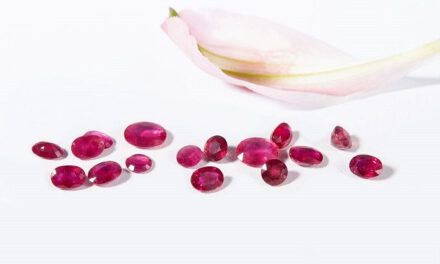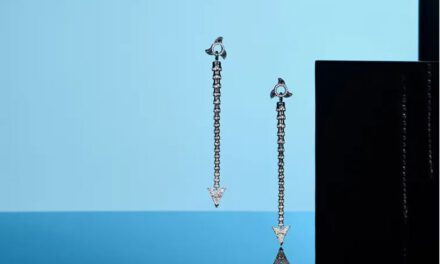Human life is inextricably linked to the materials that people used to exploit in their daily life being. One can easily recall in memory such titles of historical periods as Stone Age, Bronze Age or Iron Age. If guiding with this classification, the modern age can be called the Era of Lab-grown diamonds. Evidently, today we are far from merely surviving and using materials just for making the means for survival like the ancient people used to do but lab-grown diamonds now have the same “saving” mission.
What do we mean under “saving mission”?
In the process of development, people went away from merely getting from nature and became able to give borrow back. Although we still like diamonds very much and are happy to have at least one small gemstone in our treasuries, we do not want to bother Earth anymore. More often today, we purchase lab-grown diamonds created by man and technology that do not require mining. According to experts’ predictions, this tendency will continue developing and the area of application of man-made diamonds will be significantly widened. Lab-grown boom is predicted not only in jewellery but in many other industries since using them has a broad environmental effect. Thus, diamond-based devices can reduce carbon footprint (around 10%), engine friction (near 25%), synthesized diamonds can replace the silicon, it contributes to other saving improvements.
Man-made diamonds flooded the bridal industry
Indeed, man-made diamond engagement ring is “must-have” option for modern couples. One can ask how could it happen and what had happened with natural diamonds? It is worth admitting, that environmental stand and high social awareness are not the only reasons for preferring man-made stones. Millennials are a generation of a strong individual identity. Mass products have now small chances to attract their attention while unique items with ethical context do this by its incredible opportunities for making difference. Engagement is one of the most notable moments in human life and there is no surprise in people’s striving to make it personal. Lab-created engagement rings play the role of personalizing mean ideally.
The engagement of Bindi Irwin, the daughter of famous Crocodile Hunter, is a bright confirmation of this. Telling about her lab-grown diamond engagement ring made of recycled rose gold she accented that this unique item “captured the essence of who I am and our life together.”
Shifting accents from material to spiritual
One calls artificial diamonds ethically sourced not accidentally. And the environmental side is not a single reason for this again. Besides making a socially conscious choice when buying engagement rings, the couples also save their budget and willingly spend saved money for emotions. One prefers travelling; the others support local producers by buying different things for memorable wedding designs while somebody donates in making somebody’s life a little happier. Generous tips that were received by Cracker Barrel servers from strangers talk aloud about the human growing desire to be a part of miracle.
Who knows, maybe these strangers were the happy couples who have decided to share their saved wedding budget with the others?
Each can treat lab-created diamonds differently and choose by oneself whether to buy a lab-created engagement ring or no but nobody can refute that synthesized sparkles make this world better, more colourful, aesthetic and kind. Or maybe the development of the industry is possible because of societal transformations and positive changes?




